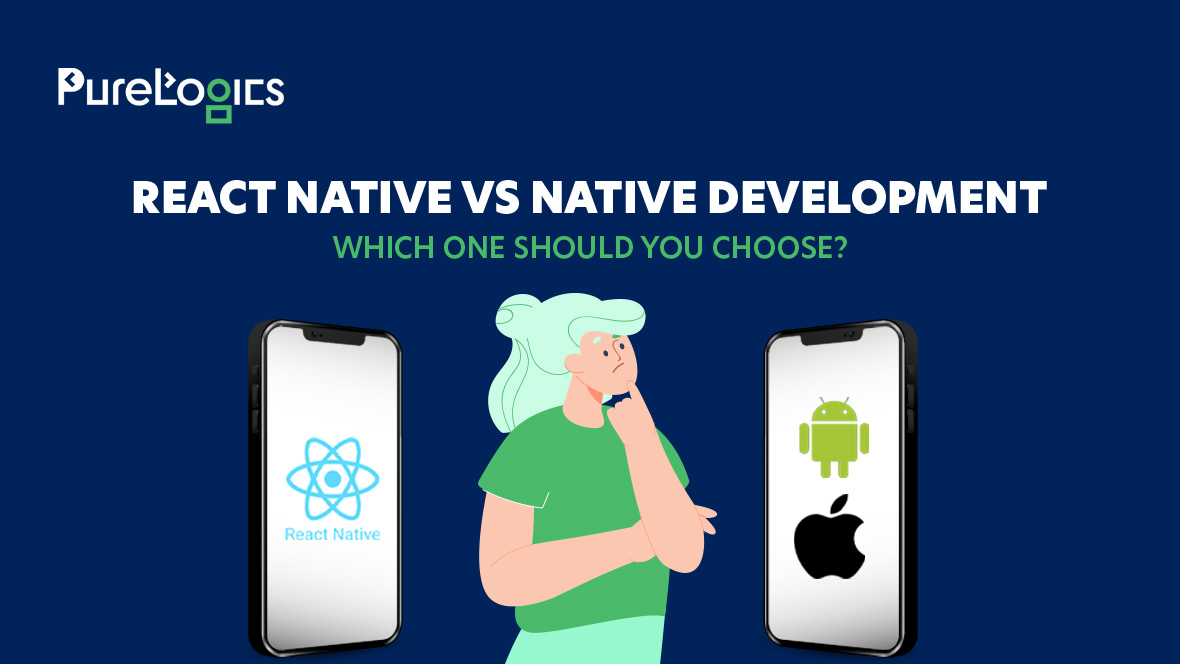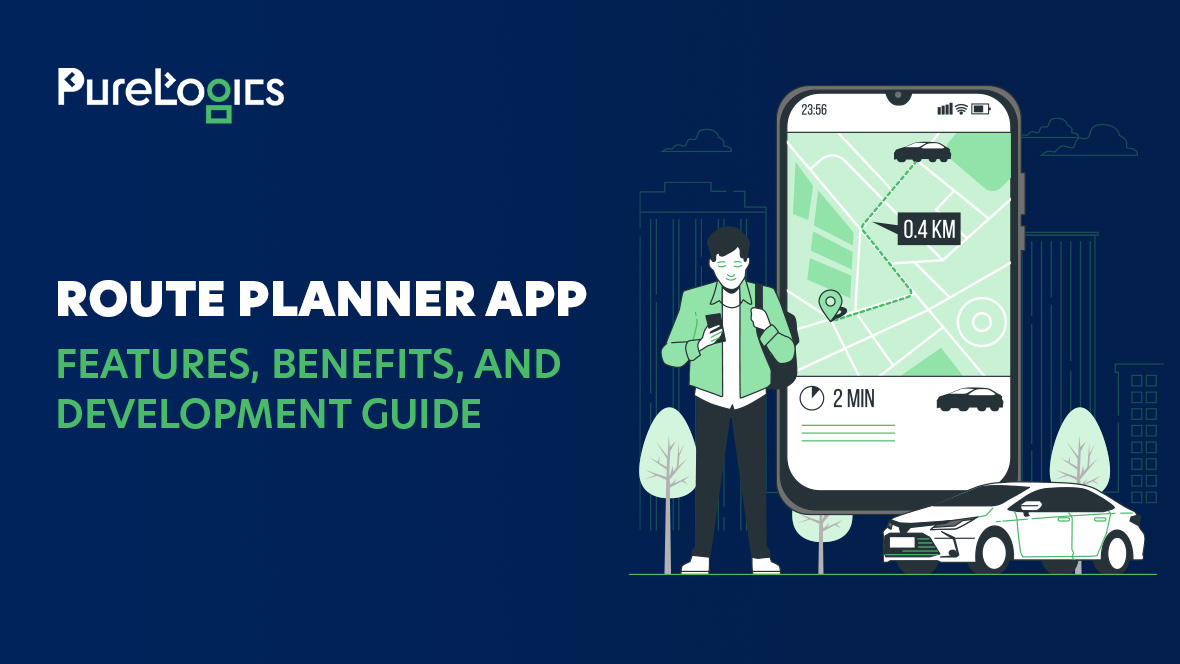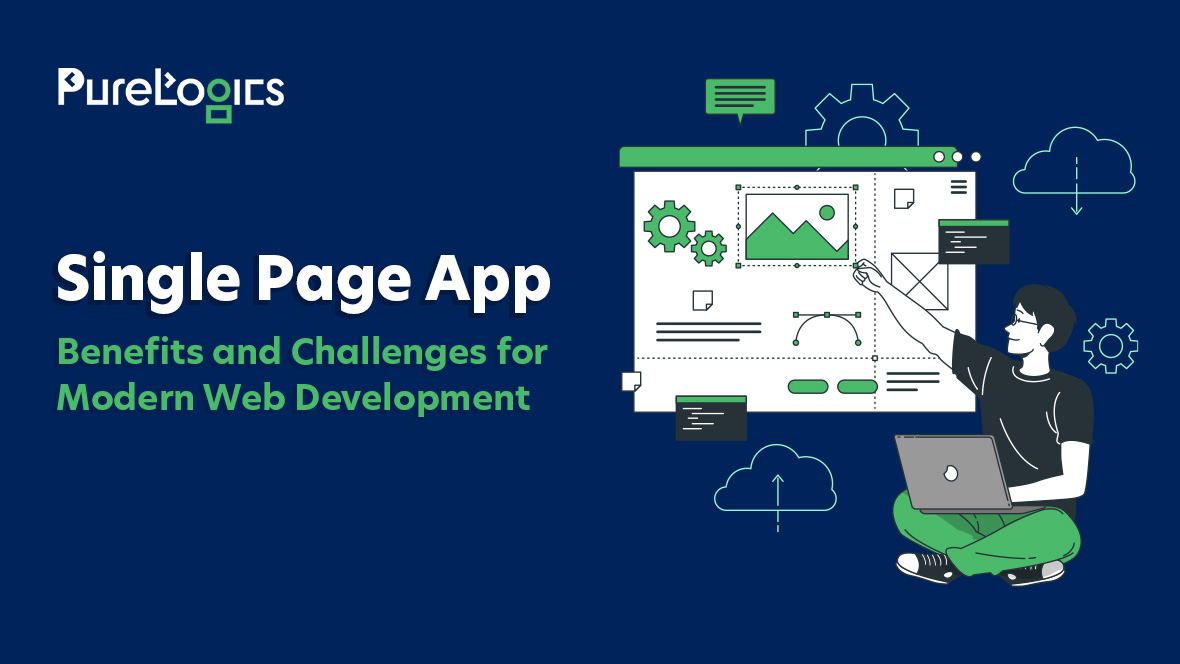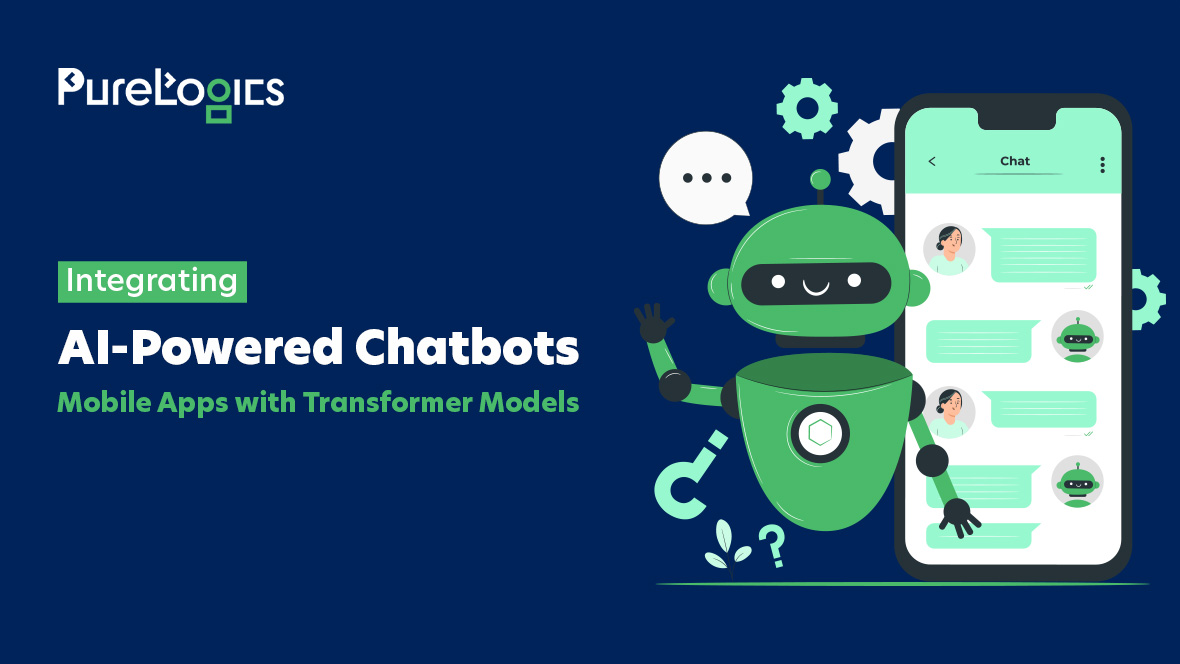With the development of mobile applications – from Uber to Vine – we are gradually beginning to understand how trends in the mobile applications designs were formed over a decade. Many factors influence how mobile applications are perceived by the laymen- this year, for example, we have seen huge screen phones aka phablets in conjunction with tiny wearable accessories.
The more users use mobile technology in their daily lives, the more they are curious about the applications that are being offered. When checking mail, booking a hotel room, ordering a gluten-free pizza for home delivery and much more. Applications such as Airbnb and GrubHub stand out of the crowd as they always have something more to offer.
The more things users are able to perform simultaneously, the more they need mobile applications with a design that meets their needs and gives them what they want when they need it. With this in mind, let’s look at the current trends in the mobile applications designs that give users what they want right now:
1. Animation
Your smartphone has higher productivity than the equipment by which NASA was able to send the first man on the moon, as well as the supercomputer Deep Blue, which in 1997 beat Garry Kasparov in chess. And mobile devices are becoming smarter and smarter.
And not just mobile devices are becoming more powerful, but with the arrival of the three types of 4G (everyone tries to overpower the other in power and speed) to replace 3G, you have more freedom to animate the design of your mobile application.
Animation offers many advantages for the design of mobile applications. It can contribute to attract the user’s attention to a particular object, bring them to the desired action, or simply create a more pleasant and wonderful user experience.
Currently, smart phones are already advanced enough, and their networks have sufficient capacity to digest HTML5 animation or parallax effects that you already use on your computer. This year we have got augmented reality like Pokemon GO in our mobile phones. And this is just the beginning, because smart phones are getting smarter.
2. Phablets:
Whether you like it or not, but PHABLETS offer a lavishly large screen. What does this mean for designers and developers of mobile applications?
While working on the obvious “big design”, it is important to understand how people will keep their devices during use. This means that first of all navigation elements should be located so that a person could easily reach them with their thumb (for example, the upper opposite corner is likely to be too far away). You just need to arrange all the interactive elements at the bottom right of the screen.
The only complicated thing is the fact that about 10% of people are left-handed. You can “force” your left-handed people to ensure that they hold the screen with both hands, but considering how big screens mobile devices have now, they will be used more often with the hand that is closer to the navigation elements.
Or, if you are really want your application to be convenient for all users (and you for that matter), then you may follow the following conditions:
All the elements of navigation must be large enough so that it’s easy to reach from either side of the screen. Another idea is to use a custom interface with the ability to “flip” it for left-handers.
But regardless of which hand people use, it is important to approach the design of applications with the understanding that certain solutions in design may entail the reduction in ease of user interface (make it less obvious intuitively), and lead to fatigue and discomfort in their hands. This is an important detail that should be taken into account and corrected for various types of testing.
3. Swipe – a new press
When the first mobile application was adapted for touchscreens, designers and developers had to face the reality of programming for the object, it is significantly different from previous types. Zooming in the first iPhone sample in 2007 was an unusual novelty for us, but the design of the application in which the user can zoom page to be able to read the content, cannot be called successful.
However, who among us has not had a chance encounter with a “nasty” tiny button that is too small to easily press (unless you are gifted with a rare combination of tiny hands and refined pianist skills).
Flip through the movement (swipe) seems more natural when using mobile devices, especially if you do it with one hand. What is the evidence? Imagine that you have a phone clamped in hand and try to press the index finger on an imaginary screen. Remember your feelings. Next, simply scroll across the screen. What felt more comfortable?
Of course, the most obvious example of the use of swipe in applications is Tinder, which simplified the extremely complex nature of two simple actions: scroll left and right. It seems that the idea of Tinder did not fail, as evidenced by more than one billion users of the application.
4. Wearable accessories are becoming a bigger impact on the design of the application
Tiny wearable devices are the opposite of PHABLETS. The research firm International Data Corporation predicts that vendors will provide 45.7 million wearable devices this year, including wearable on the wrist gadgets (they make up the largest percentage of the total number, the number is 40 million), as well as garments and points.
The devices that were originally developed for fitness, now capture more market territory with the release of Apple Watch and Android Wear. They have really become reliable smart gadgets, able to tell the user distance to work and how long it will take them to get there, show the weather forecast for tomorrow or remind to boil the kettle upon the arrival of their aunt. How does this affect the work of the designers of mobile applications?
We are still in the early stages of development of this growing trend, although Apple and Android already offer a wide range of solutions for portable devices. Unlike programs for phones and tablets, applications for portable devices need to have a design that would provide a quick and sufficient amount of content.
Information must be acquired with a single glance, even with the corner of eye. This means that the font, color contrast and contextual factors (where is the user? What data he needs right now?) Is particularly important in the design and development of applications for handheld devices.
And because this is fairly new technology it is incredibly important to pay attention to the reviews and customer feedback and work on future updates. And while Apple and Android can make assumptions about the future of mobile applications for portable devices, it’s the users who will actually determine their design.
5. Multi-layer models
Can the eternal debate over what is better – slim design or skeuomorphic, end finding something average? skeuomorph Opponents argue that on an aesthetic level, the use of natural textures in the context of modern IT-technology looks as tasteless as an attempt to simulate a tree on the car dashboard.
But even a flat design has its drawbacks. If you remove the texture in all mobile application design elements, it will be difficult to determine which of them are interactive, if any, will be able to distinguish the boundaries between the different interface elements.
The compromise is a multi-layered flat design, or what Google calls “material design”. This aesthetic is still very much based on the slim design, but some of its principles are taken from skeuomorph.
As a result of the merger of a flat design with natural physics, users can more easily understand how to operate on the cell screen. When you manipulate objects on your device, they have mass and inertia. It can create the impression that they have a weight when you move them around the screen, or when they cast shadows on elements that are behind them.


 [tta_listen_btn]
[tta_listen_btn]
 July 28 2016
July 28 2016

![10 Interesting Mobile Apps Design Trends [Part 1]](https://purelogics.com/wp-content/uploads/2016/07/10-Interesting-Mobile-Apps-Design-Trends-Part-1.jpg)




